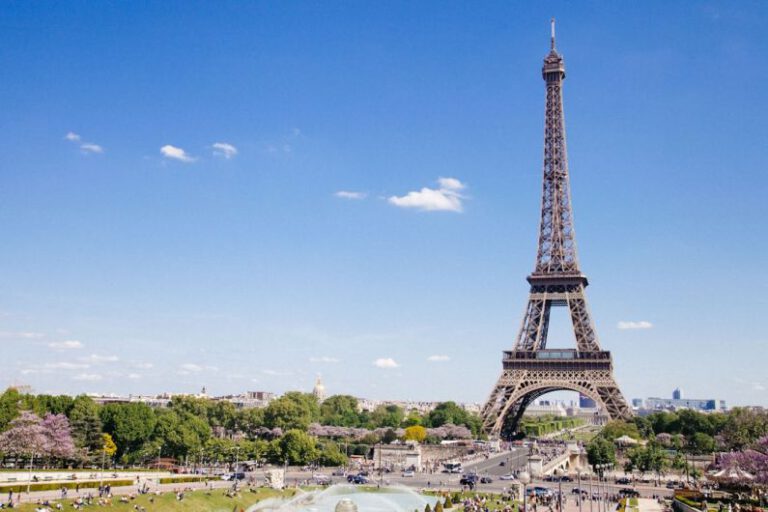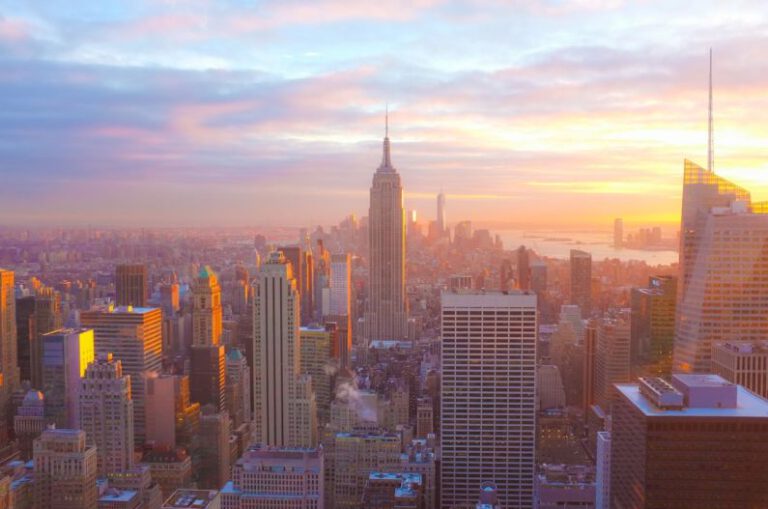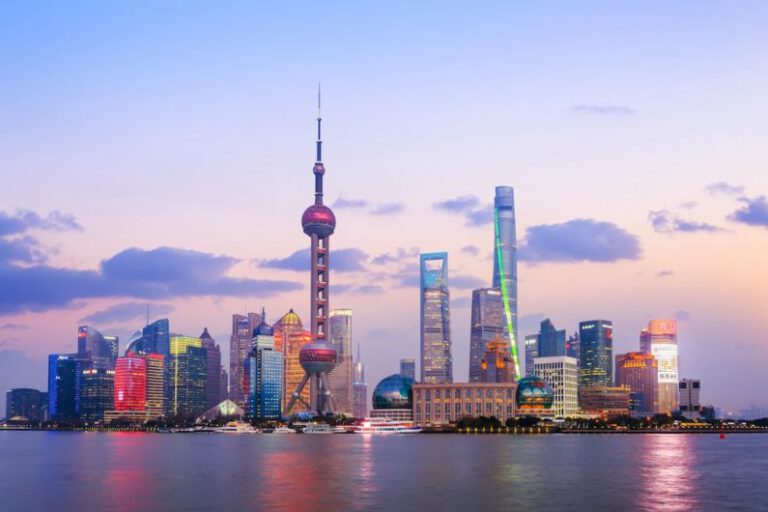The Willis Tower: a Chicago Icon
Standing tall and proud in the heart of Chicago, the Willis Tower is a symbol of innovation, resilience, and architectural excellence. Formerly known as the Sears Tower, this iconic skyscraper has captivated both locals and visitors alike with its breathtaking views and rich history. From its record-breaking height to its unique design, the Willis Tower continues to be a must-see attraction that showcases the city’s skyline in all its glory.
A Tower Ahead of Its Time
When the Willis Tower was completed in 1973, it held the title of the world’s tallest building, a record it maintained for nearly 25 years. Rising 1,450 feet into the sky with 110 floors, the tower’s sheer size and scale were a testament to human ingenuity and engineering prowess. Designed by renowned architect Bruce Graham, the building’s iconic black aluminum and bronze-tinted glass façade set it apart from the city’s traditional architecture, making it a standout landmark in the Chicago skyline.
Skydeck: A Bird’s Eye View
One of the most popular attractions at the Willis Tower is its Skydeck, an observation deck located on the 103rd floor. Offering panoramic views of the city and Lake Michigan, visitors can experience the thrill of standing on a glass balcony known as “The Ledge,” which extends out from the building, providing an unobstructed view straight down to the bustling streets below. The Skydeck is not only a perfect spot for taking in the breathtaking vistas of Chicago but also a reminder of the tower’s enduring popularity and significance in the city’s landscape.
A Legacy of Resilience
Throughout its storied history, the Willis Tower has weathered numerous challenges, including economic downturns, changing ownership, and even a terrorist attack in 1993. Despite these obstacles, the tower has stood tall as a symbol of Chicago’s resilience and determination. Its enduring presence in the city’s skyline serves as a reminder of the city’s ability to overcome adversity and emerge stronger than ever.
Green Initiatives and Sustainability
In recent years, the Willis Tower has taken significant steps towards sustainability and environmental conservation. The building has implemented various green initiatives, such as energy-efficient lighting, water conservation measures, and recycling programs, to reduce its carbon footprint and promote eco-friendly practices. As a leader in sustainable design and operation, the Willis Tower continues to set an example for other skyscrapers around the world, demonstrating that environmental responsibility and architectural excellence can go hand in hand.
Cultural Significance
Beyond its architectural and engineering feats, the Willis Tower holds a special place in the hearts of Chicagoans as a cultural icon. From its appearances in movies and TV shows to its role in civic events and celebrations, the tower has become woven into the fabric of the city’s identity. Whether it’s illuminated in the colors of the Chicago flag or serving as a backdrop for fireworks displays, the Willis Tower remains a beloved symbol of the Windy City’s spirit and vitality.
A Beacon of Innovation
As Chicago continues to evolve and grow, the Willis Tower stands as a beacon of innovation and progress, reflecting the city’s forward-thinking mindset. With its cutting-edge design, state-of-the-art facilities, and commitment to sustainability, the tower embodies the spirit of creativity and ingenuity that defines Chicago as a global hub of commerce, culture, and architecture.
In Conclusion
The Willis Tower’s towering presence in the Chicago skyline is a testament to the city’s rich history, vibrant culture, and unwavering spirit. As an enduring symbol of innovation, resilience, and architectural excellence, the tower continues to inspire awe and admiration in all who gaze upon it. Whether you’re a first-time visitor or a lifelong resident, the Willis Tower remains a must-see destination that captures the essence of Chicago’s past, present, and future.






